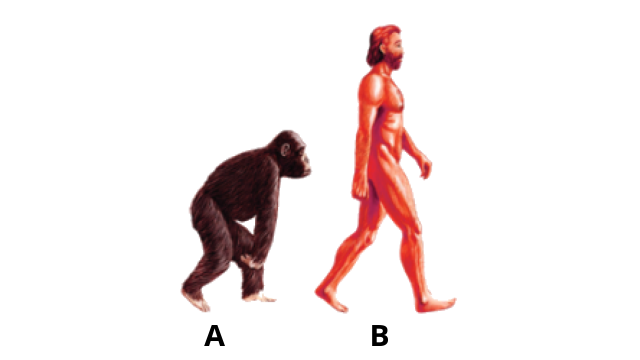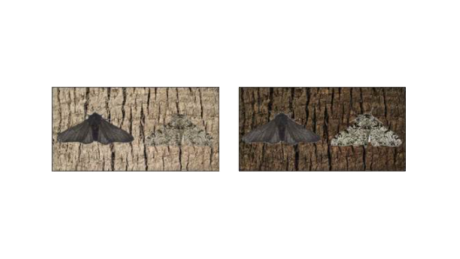ICSE Class 10 Biology Chapter 14 - Human Evolution Solutions
FAQs on Concise Biology Class 10 ICSE Solutions for Chapter 14 - Pollution - Human Evolution
1. Why are Concise Selina Solutions important for Class 10 students?
Biology is an important subject for the science students in class 10. By biology, we mean the science of life. The science in class 10 is very helpful in building the foundation of the student. As the curriculum in class 10 is huge, it is important that the subject matter prepared for biology is concise and accurate keeping the students' requirements in mind. All the lessons of biology are explained in detail which has been approved by the ICSE board. The solutions given give the students a strong theoretical knowledge about the chapter. The solutions are intended to present before the students a range of solutions that will help them overcome all their fear of the subject. The material is so appropriate that the students can easily follow these solutions and achieve good exam scores and pass the examination in flying colours.
2. What are the advantages of using Selina solutions for ICSE class 10 biology?
After the students are thorough with the book and lectures, they are going to need some reference material to study and to check if the answers they have marked are correct or not. The students can use the answers in the Selina concise solutions to serve as a template for their answers. The solutions in the book have line-by-line explanations, 2hich help the student clear their doubts and also at the same time help them in answering the questions. The students can completely rely on the Selina solutions available on the Vedantu website for free as these answers were written by experienced teachers who hold expertise in the field of biology. Lastly, the solutions are available for free and are a quick, easy and reliable way to review the answers, MCQs, and diagrams.
3. How useful are Vedantu solutions in Selina's concise Biology book?
The ICSE's Class 10 Concise science solution covers subjects such as physics, chemistry, and biology. Studying the biology topics of the ICSE 10 class may be easier if you have Vedantu study material in addition to the recommended textbooks. At Vedantu you get expert biology solutions ICSE Selina Class 10 and more. Our science experts use notes to explain scientific concepts using concept review notes. Once you understand the concept, study Selina's concise ICSE Class 10 biology solution. Please use the release notes below for a more detailed review. Also, test your knowledge with online practice tests. The video assessments and personal advice available on Vedantu will further help you learn difficult concepts that may be causing you exam anxiety. With proper preparation for the exam using Vedantu course materials, you can easily get the highest score on the ICSE Class 10 exam.
4. How to score good marks in class 10 Biology using the Selina solutions?
In order to get good grades in the 10th grade of Biology, it is necessary to start preparing for the course from March where the course begins. Read the lesson given in the book and try to prepare the text. Be careful to write down all the key points and special questions and the necessary design. Solve problems presented in practice alone. Be thorough with the theory portion. Understand the solutions in detail and practice the questions given on the website of Vedantu, this will help in answering better during the examination.
5. What is the mark distribution in the class 10 biology examination?
Biology Class 10 ICSE Solutions will develop a solid understanding of the theories included in the chapter, as well as help to explore question patterns and how to address different types of questions. The duration of ICSE Class 10 biology work is two hours and the total weight is 100 points, of which 20 are for the internal evaluation of the practical activity and 80 are for the theory.
The Biological Issues Paper is divided into two segments:
Section I has 40 points where all questions are mandatory and consists of short answer questions for the entire program.
Section II has 40 points and there are only six questions, and students have to answer four out of six.
ICSE Class 10 Biology Solutions will benefit students with proper preparation for exam sections.











































